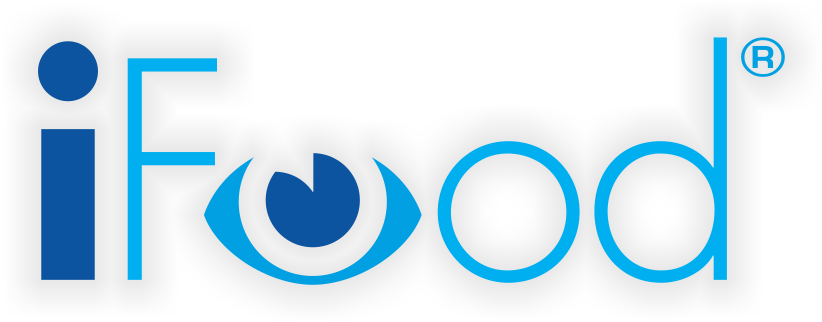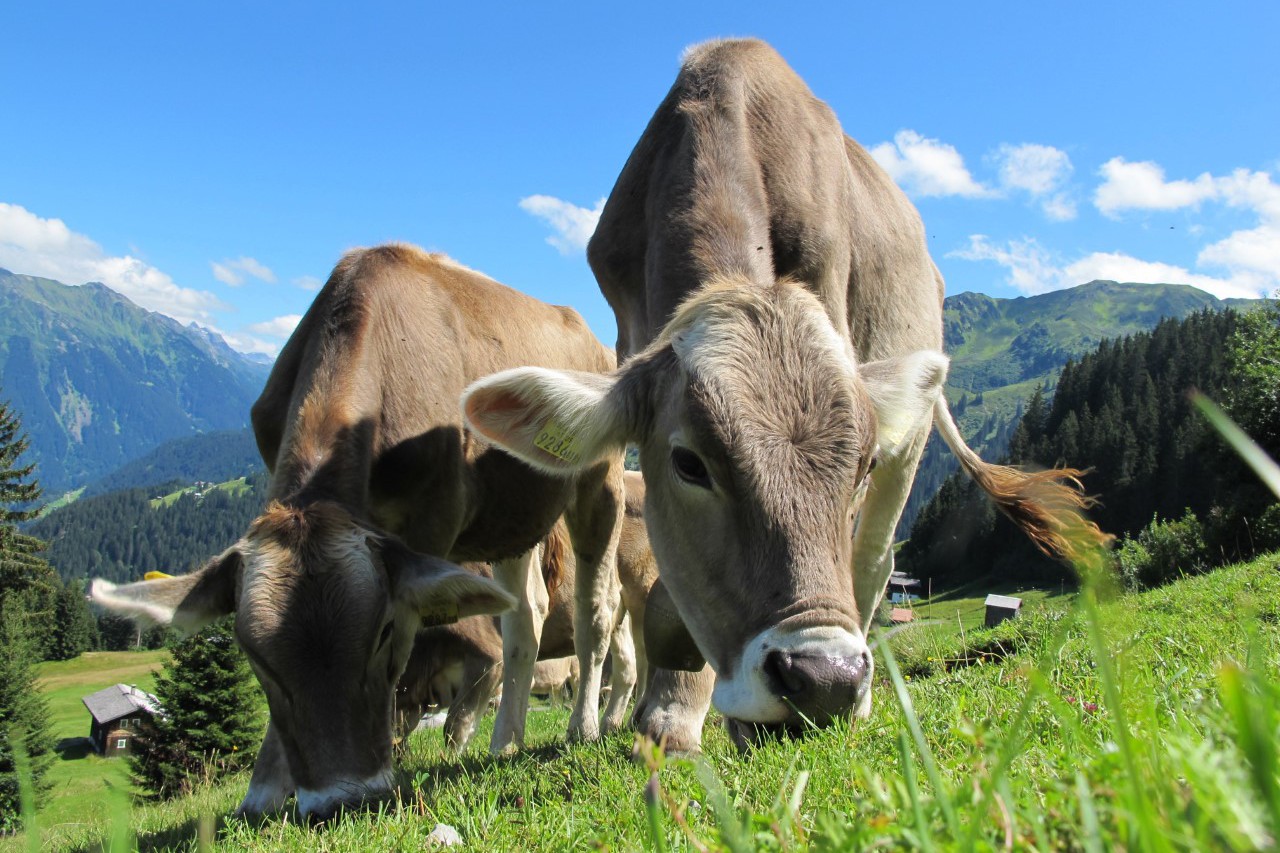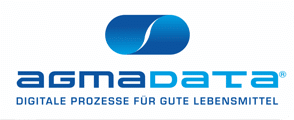
References
REFERENCE
Tauernfleisch
Supermarket cutlets with virtual farm tour
Tauernfleisch implements end-to-end traceability from consumer to farmer with iFood from agmadata
Anyone who reaches for Austrian veal escalopes at Billa or Merkur on their next ski vacation should take a closer look at the label. Here you can read in plain text which farmer raised the animal and where and when it was slaughtered and cut up. What’s more, by quickly entering the farm number printed on the label in a browser or cell phone app, additional information appears, such as a Google Maps map with the exact location, photos of the farm, barn and production, editorial reports in magazine form and often even video interviews with the farm managers or virtual farm tours. This is made possible by the Yes! natural marketing organization of the Rewe retail group as well as consistent individual animal cutting, which at Austria’s third-largest veal producer Tauernfleisch is precisely documented using agmadata’s iFood software.

In international comparison, Tauerfleisch, with 12,000 slaughtered animals per year and a good 20 employees, tends to be one of the small to medium-sized companies. So it may come as no surprise that the slaughter and cutting plant in Flattach has retained the virtues of a regional craft business. While the market is just starting to ask for local and regional products, the company goes a whole step further: like the traditional butcher store, the Carinthians can in fact still tell the customer where the animal he has on his plate came from.
At least when it comes to Tauernfleisch’s specialty: local veal and beef in organic quality, which is slaughtered in-house and largely processed in single-animal cutting. Only the large quantities additionally required for catering sales are bought in as veal pistols or whole calves. These are then processed purely in the batch, as is common elsewhere. However, individual animal cutting with continuity from the farmer to the meat counter and to the consumer means completely different requirements with regard to operational data and thus to IT.
Single animal dissection not in standard
The company had already sought the necessary software support from the ERP provider agmadata from Oldenburg Münsterland at the beginning of 2000 and found it in its specialized solutions for the meat processing industry. At that time, however, single-animal cutting was not common and not even provided for in the software from the outset. Nevertheless, the IT experts from Germany were able to help with the implementation of the then standard software PYRAMODUL through individual adaptations. Even if in the early years some things still seemed a bit handmade and the comfort was not quite perfect, the traceability could be guaranteed in any case.
Better process support for production and cutting should come in 2013 with the changeover to the successor software iFood. In the run-up to the event, the agmadata developers had invited the Tauernfleisch management to their software forge in Garrel. In a joint meeting, the requirements for individual animal cutting were precisely defined and put on paper. From the outset, all parties involved agreed to use the animal’s ear tag number as the identification mark throughout instead of the batch number normally used, and to pass this on from the cutting process to picking and distribution. In addition, the most important requirement was that as much of the required data as possible should result automatically from the processes, in order to keep the data entry effort within a reasonable range for a medium-sized company.
Accordingly, the software, which went into productive operation at the end of the year, relies consistently on data transfer via EDI interface in addition to fast user guidance without any ballast. Thus, the most important information already arrives at Tauernfleisch together with the slaughter cattle. In an upstream process, an independent classifier took care of the identification and categorization of each animal, reported the change of location to the central AMA cattle database and, by comparing it with this, established the dates of birth, rearing farm and the other key data prescribed by the European beef identification system. Once these have been automatically transferred to iFood and a unique slaughter number has been assigned there, it is also already clear whether the rearing conditions meet all the conditions prescribed for the various organic labels in each case — this is ensured by a query in the producer group’s contract farmer file including a check of the current organic and project status.
The processes optimized
The slaughter number affixed to the carcass on eight barcode labels remains the primary identifier right into the cutting process. Here, it is scanned one last time and matched with the associated animal data in IT. In conventional batch cutting, for example, when 100 cutlets are made from ten guns, iFood then assigns a unique batch number under which these cutlets are managed from then on. In single animal cutting, on the other hand, a special batch is created consisting of parts of only one animal and identified by its ear tag number.
Whether conventional or single animal, the batches are subsequently divided, packed and labeled. Since the system changeover in 2013, Tauernfleisch has been using automatic labeling machines connected to iFood, which create all the required cutting labels and finally take care of labeling the sales packaging. For each package, the software generates an eight-digit identification number. This is shown on the label as a QR code which, unlike barcodes, remains easily legible even on the vacuum packaging used with its typical wrinkling thanks to its smaller size.
To identify the packages during the final picking process, the QR codes are scanned again. Using the pack number, the system accesses the batch and the slaughter animals it contains with their respective slaughter numbers and ear tag numbers, retrieves all the associated data and uses this to create the required delivery documents. The decisive factor here is that all data is accessible and can be combined as desired. Some time ago, for example, a customer wanted to have all batches listed on his delivery bills together with the respective minimum shelf life data, which cannot be found there by default. With agmadata, however, this was very easy to realize because all the basic data required was available in the system.
Equipped for all eventualities
Taken together, the basic data transferred via interface and collected throughout the slaughtering and cutting process form a detailed origin system that has proven its worth during regular visits by inspectors from the various quality seals. The usual questions such as “Show me the delivery bills for this one product,” “Show me the proof of which animals went to cutting,” or “Show me the outgoing delivery bill for this” were covered by the software from the beginning. Over the years, it has also been possible to compile the answers to many other questions into finished reports. Just the fact that the controls are now so relaxed has made iFood worthwhile for Tauernfleisch. For the management team, the key recipe for success is to have broken down all the basic information to the individual animals during the redesign in the year. This coherent basic concept can also be built upon in the future.
Ultimately, this benefits the consumer, who can trace the origin of his meat purchases in detail at any time — even if not every customer wants to quickly watch a video portrait of the farm of origin on the way from the refrigerated counter to the supermarket checkout.

